Eco-friendly sadly doesn’t always mean budget friendly but My Frugal Year has some tips on how to find an approach that will suit your means.

At first glance, an eco-friendly lifestyle looks like it ought to be friendly on your wallet, too. Less consumption, re-using more and buying second hand are all great ways to cut the cost of everyday living expenses but, as with most things, it’s a little more complicated than that.
Thanks to global campaigns – and not to mention a certain Swedish schoolgirl – awareness of the climate crisis and our impact on our environment is at an all-time high, with many people making a conscious effort to reduce their plastic use, limit food waste and cut down on air travel. All of this is great, but wherever there is a ‘trend’ – even when it’s one driven by a positive force and genuine motives, you will always find comparison and competition – not to mention companies trying to cash in.
A new wave of aesthetically pleasing, eco-friendly products across all areas of everyday life, from laundry and cleaning to utilities and transport, makes it difficult not to spend more to assuage your guilt and minimise your environmental impact
As our Instagram feeds fill with people swearing off fast fashion, switching to shampoo bars and opting for alluringly nostalgic milk delivery services over plastic cartons, the snaps of cute glass bottles and rented designer dresses can feel a little overwhelming, especially if you’re trying to be careful with money. In author and journalist Lauren Bravo’s brilliant book, How to Break Up with Fast Fashion, she highlights the fact that shopping more ethically can be alienating for those without the requisite amount of cash, or a certain body type – and she’s right. The high street, for all its problems, is often the only go-to for those without £50 to spend on a single item of clothing, or for those who do not fit into the fairly narrow clothing size range of 8-16. Similarly, a new wave of aesthetically pleasing, eco-friendly products across all areas of everyday life, from laundry and cleaning to utilities and transport, makes it difficult not to spend more to assuage your guilt and minimise your environmental impact.
For a long time, I had a very clear picture in my head of what an eco-friendly lifestyle looked like – all brown glass bottles with home-printed labels, organic face cream, kraft everything and pretty canvas shopping bags. A glance at my reality – a mish-mash of bags for life, washing powder in a cardboard box and a few pre-loved items of clothing bought on eBay – made me feel like I wasn’t trying hard enough, that my attempts at reducing my environmental impact didn’t look ‘right’ somehow, and that I was letting the side down. It occurred to me what a privilege it is to be able to afford the shiny, zero-waste lifestyle that brands want us to buy into.
So what do we do? As with most things, it’s about finding a balance, and tailoring your approach to suit your own lifestyle and means – as well as being savvy about what constitutes a good swap, and what is just more unnecessary consumption. Going back to the basic principles that I mentioned at the beginning of this article – consuming less, re-using more and shopping second-hand where possible – is a good place to start, but we could also stand to remember that any small change we make is far, far better than nothing. There’s plenty we can do without completely throwing out our old lifestyle and starting with a clean, handcrafted, ethically sourced slate.
We could also stand to remember that any small change we make is far, far better than nothing
Anita Vandyke, author of A Zero Waste Life, highlights some brilliant, budget-inclusive ways to be more eco-friendly on her Instagram account @rocket_science, based on a principle of always using what you have before buying something new. As well as recipes for natural beauty products using everyday ingredients, she includes inventive ways to reduce what you waste, without the side order of guilt that comes with some eco accounts. Her suggestions are easily translated into real life without parting with significant sums of cash, as are some of the following tips from my own experience of trying to be more eco-conscious on a budget:
1. Re-inventing clothes and upcycling furniture that you already own is not only low-cost, but immensely satisfying. Dying a faded pair of jeans or painting a tired-looking surface will make you feel like you have something new, but without the expense and waste involved in a purchase.
2. Bulk-buying eco-friendly laundry and cleaning supplies is also a big cost, but joining forces with one or two friends or neighbours to spread the cost, then splitting the goods, can be a great way around this.
3. Reusable baby wipes and face cloths are increasingly popular, and there are some gorgeous designs available, but cutting up and hemming old towels or muslins can create something just as useful – with no cost or waste. My mum recently made me some eye make-up pads from my son’s old baby grows – cute and sustainable!
4. If you’re a fashion lover, but a conscious shopper, the most sustainable way to refresh your wardrobe is to start shopping second-hand. Some of the most beloved pieces in my wardrobe used to belong to somebody else, including things like Levis and Doc Martens, which look and feel infinitely better worn in. Oxfam’s initiative #SecondhandSeptember is a great way to re familiarise yourself with thrift shopping, and vintage clothing gurus like @emsladeedmondson are sharing tips for secondhand buying this month on their channels.
My hope is that government policy will soon start to catch up, and that some of the onus will be removed from consumers, moving eco-friendly choices more into the mainstream and making them more affordable. But for the meantime, there are ways to make progress without breaking the bank.


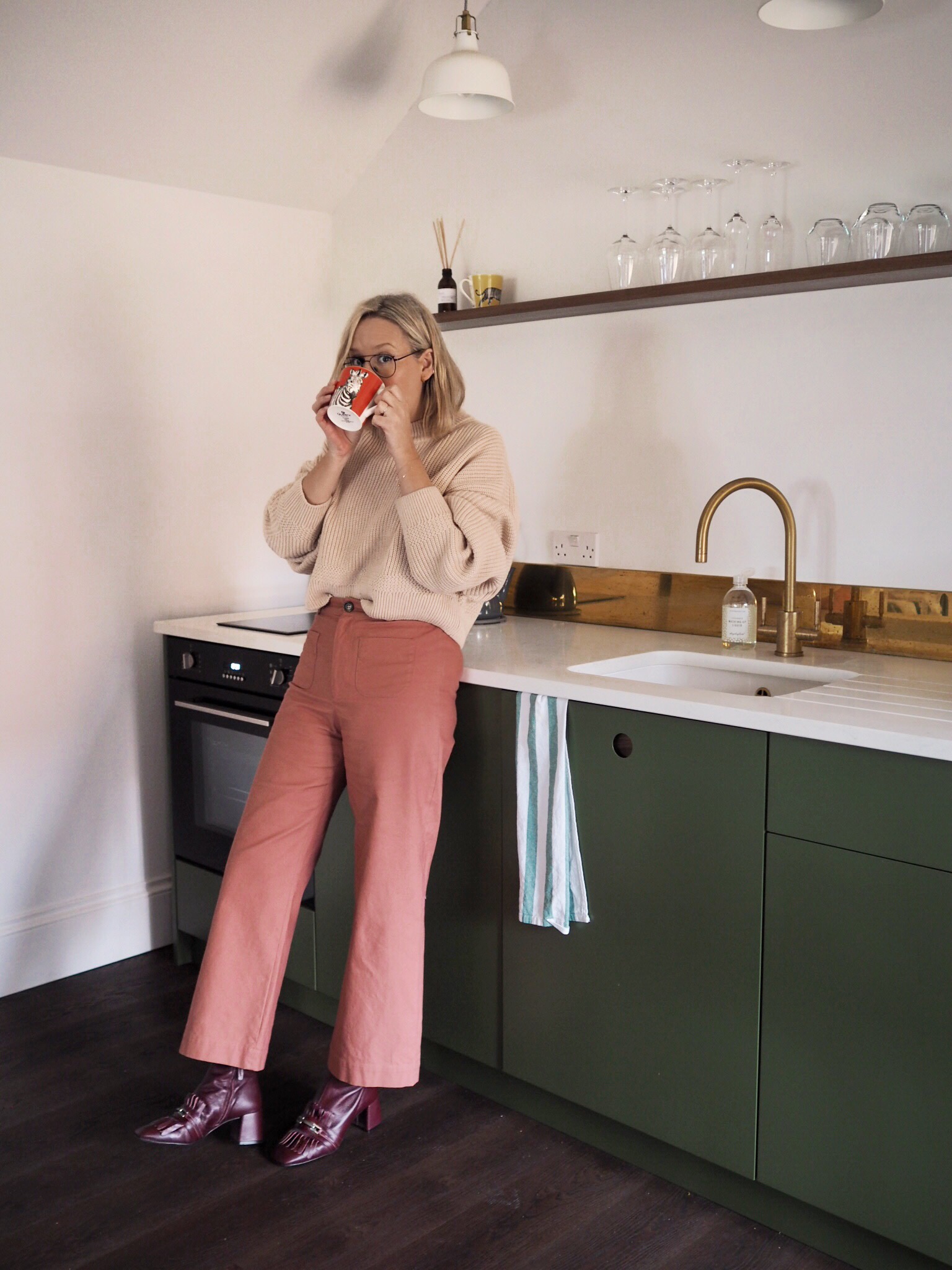
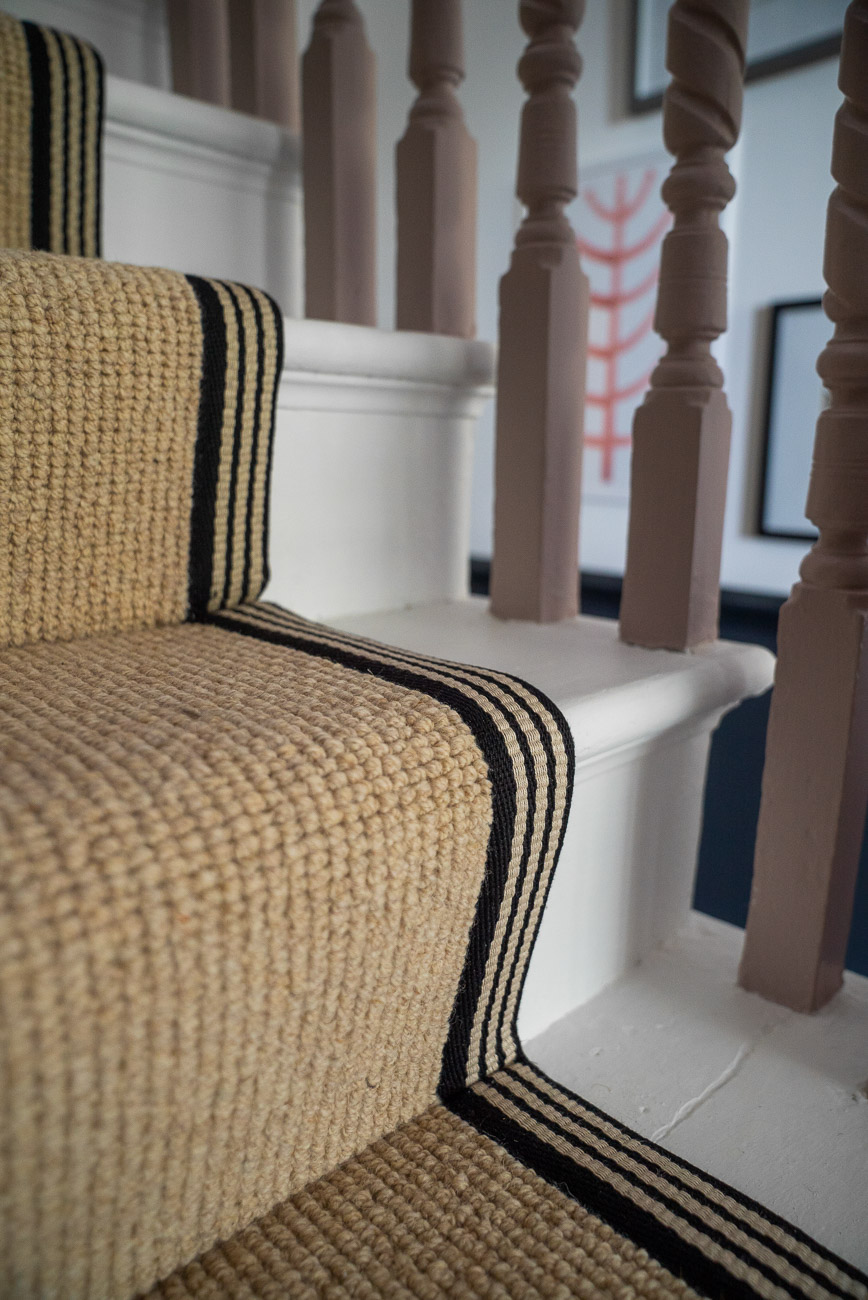
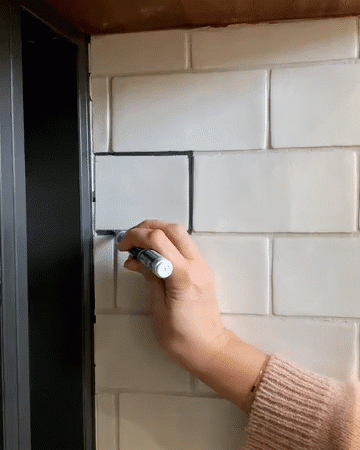






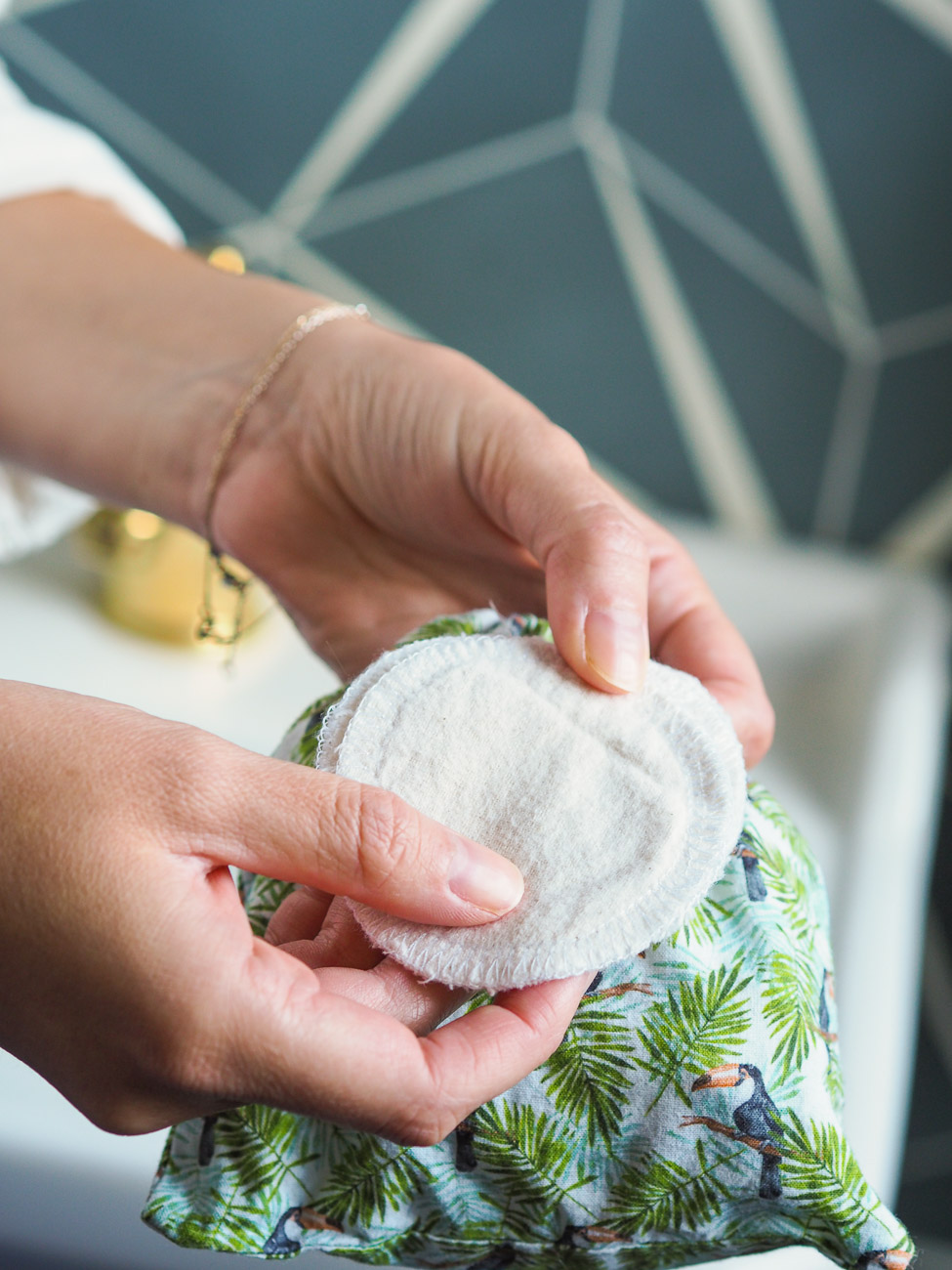
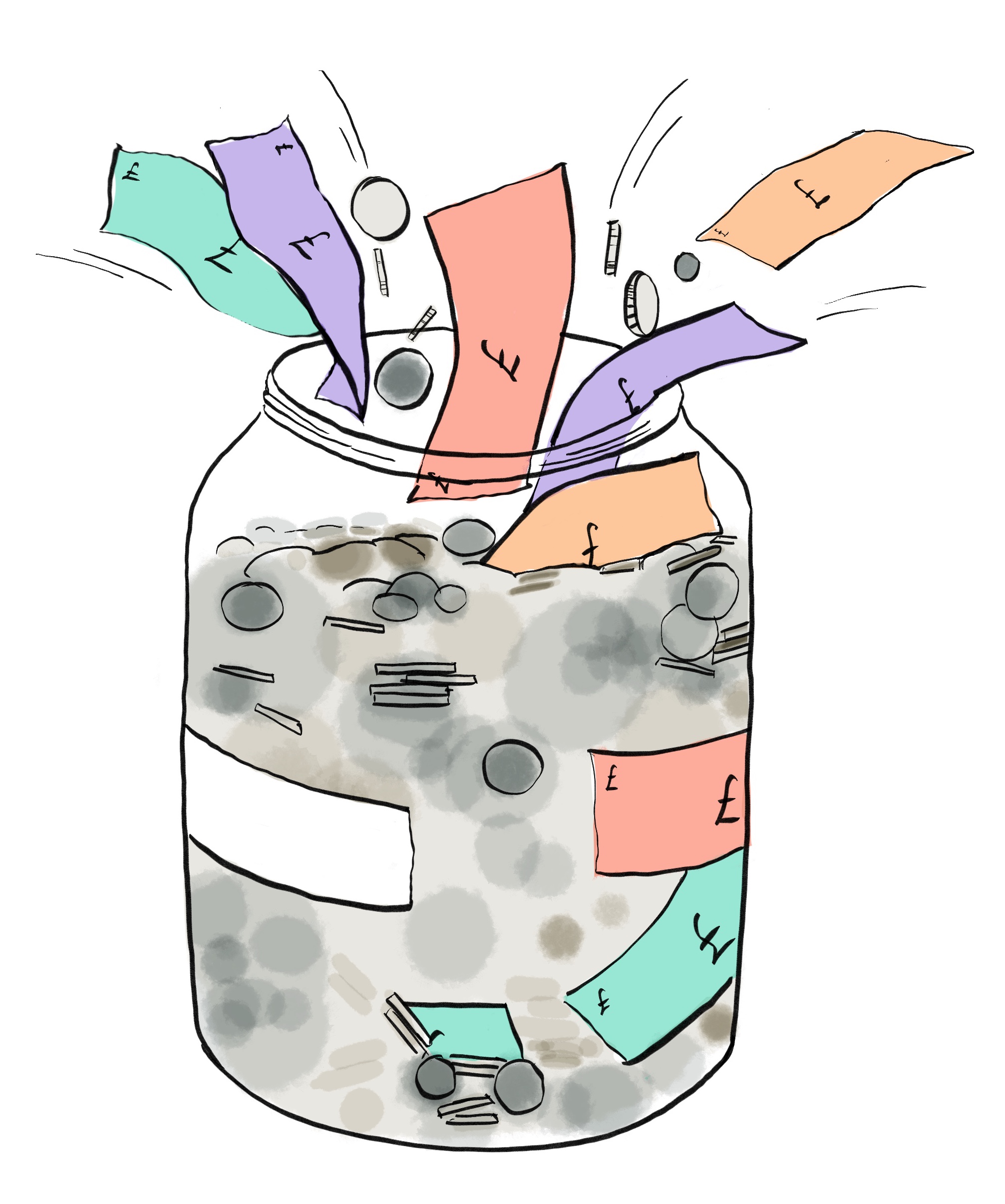
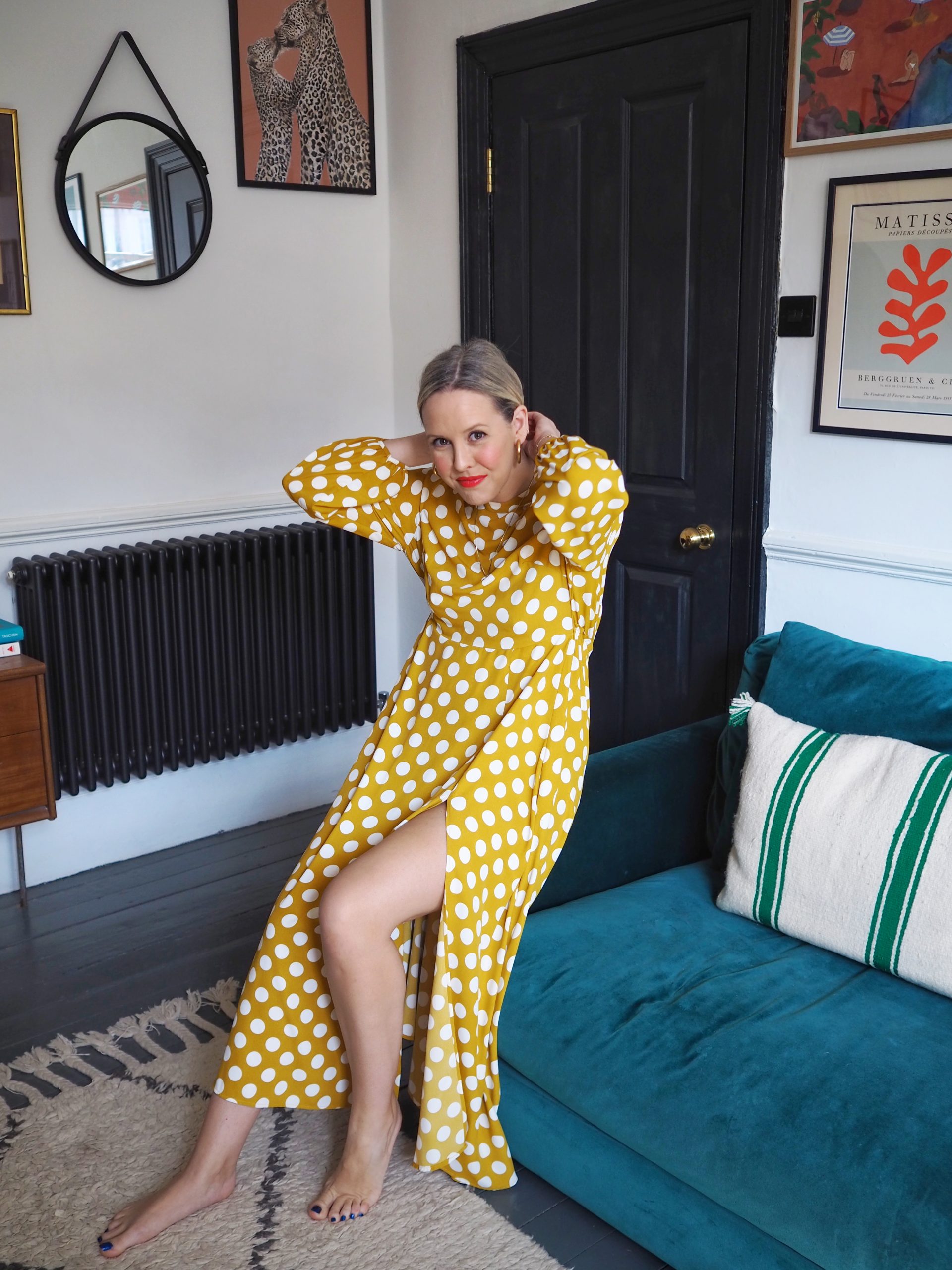

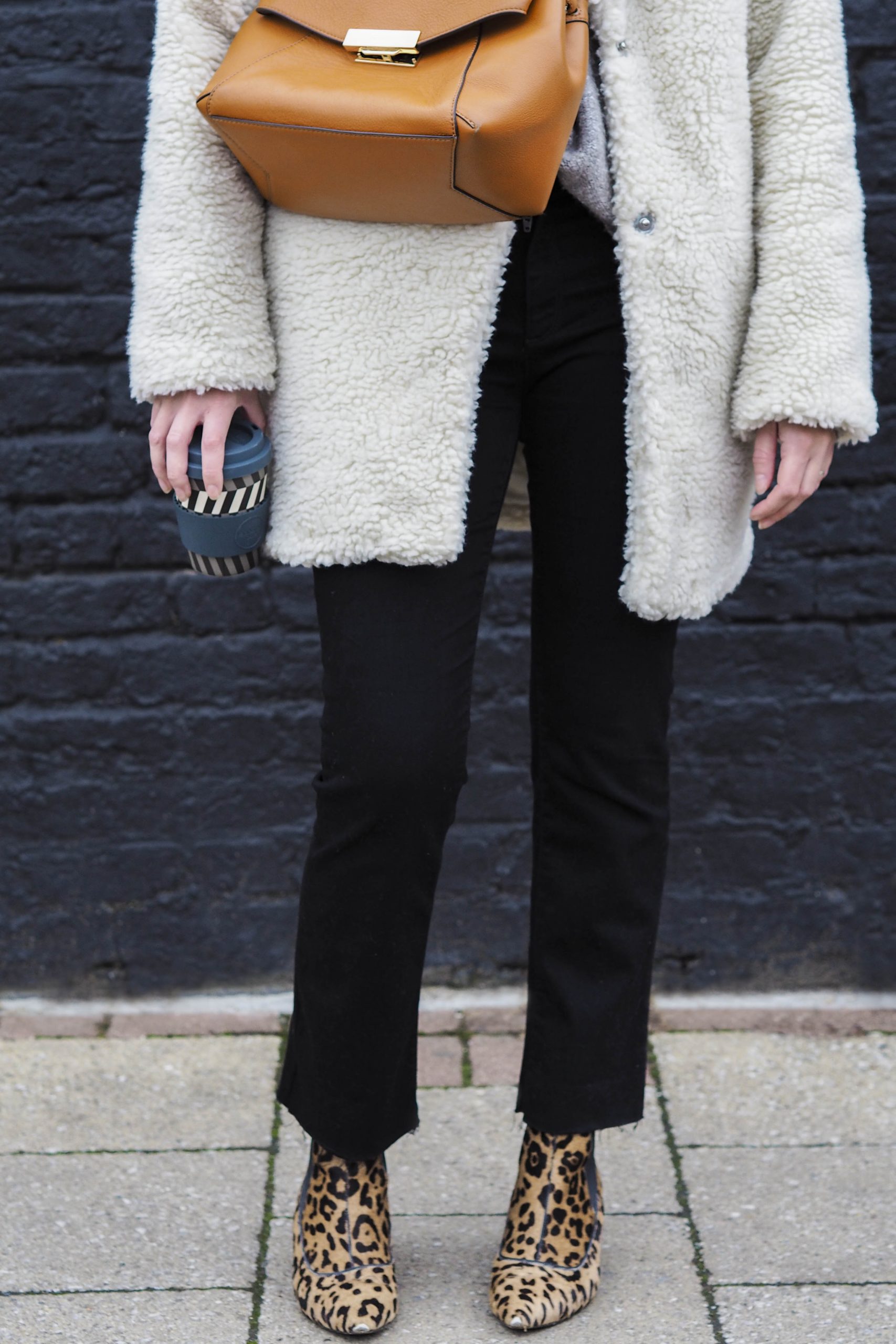

This is brilliant and so timely. My parents are migrants and these were the principles I grew up with. Thank you so much for highlighting inclusive options!!